SUMMARY
This is AI generated summarization, which may have errors. For context, always refer to the full article.
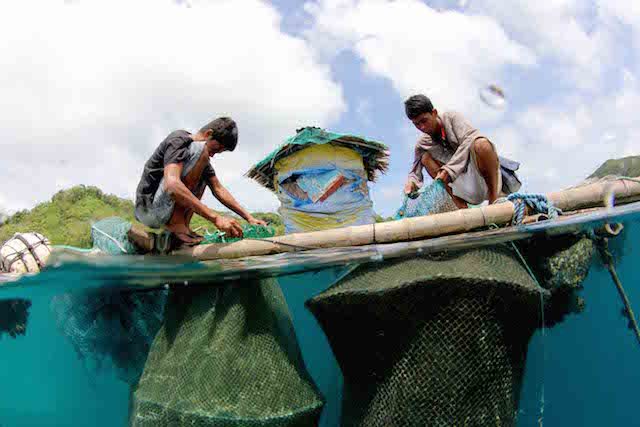
“Don’t fall into that fish pen,” warns Daryl Dandal, an offshore cage warden. “It has two giant groupers. Both are larger than you.”
I nod and tiptoe through a network of planks above the glittering waters of Taytay in Palawan, Philippines. Here lie about 2,000 fish cages, where various species of grouper are grown to feed a ballooning export trade. For the Philippines, this is the center of the LRFFT: the live reef food fish trade.
What began in the 1980s as an experiment in Samar now employs over 100,000 people in Palawan alone. Palawan’s annual grouper exports exceed P1.7 billion – but the fish are slowly disappearing.
Leopard Coral Trout
Chinese restaurants usually have a bubbling tank of grouper. Locally called lapu-lapu, señorita or suno, the lethargic predators are among Asia’s most sought-after reef fish, prized for taste and texture. Across the Philippines, millions of juveniles are caught before they reproduce, raising serious concerns about the LRFFT’s sustainability.
Although there are 161 grouper species, the apple of traders’ eyes is the leopard coral trout, an orange-colored fish that fetches up to P7,200 per kilogram in Hong Kong and P13,500 per kilogram in China.
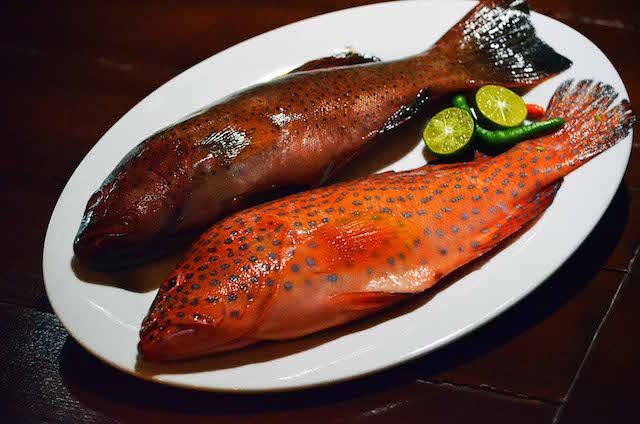
“When the trade started in the 1980s, most wild-caught groupers were market-sized, each around a foot long,” recounts Dr. Geoffrey Muldoon, WWF’s LRFFT strategy leader. “After 30 years, most of the large ones have been fished out. Today just one in 5 wild-caught groupers is market-sized. Since there aren’t enough adults to go around, the trade turned to grouper ranching, a system where juveniles are caught and grown in guarded offshore cages.”
Within submerged cages and pens, groupers must endure temperature fluctuations, overcrowding and diseases. Many die in the process. Those that survive around 10 months in captivity are sold as market-sized fish – each around a foot long and weighing from 500 to 700 grams. At this stage in the supply chain, a single suno, as the leopard coral trout is locally known, retails for about P2,500.
It’s a lucrative livelihood. Fishers earn up to 50 times more selling a kilogram of suno than other types of fish. Federico and Nida Ellut from northern Palawan sent their 3 children to school from their income as grouper collectors. “From a simple straw hut, we now have a two-bedroom concrete home. We’re saving to buy our third boat,” says Nida. Money talks – but extraction has hidden costs.

Stocks Depleted?
The current system of LRFFT collection is untenable: WWF surveys have shown that over half the groupers taken from Palawan’s reefs are juveniles, a clear sign of dangerous stock depletion.
“Overharvesting has been a huge problem. Fishers were catching 5 times more than what could be sustained. Spawning aggregations were targeted, depleting brood-stock. Fortunately local governments and fishing communities have embraced conservation efforts,” says WWF-Philippines Project Manager Mavic Matillano. WWF is now leading efforts to facilitate the recovery of suno stocks by establishing marine protected areas, plus enhanced enforcement, licensing and education. Alternative solutions may also exist.
“Given the fishery’s dependence on wild juveniles, a way forward is through full-cycle mariculture, potentially freeing suppliers from having to catch wild fish,” explains Muldoon.
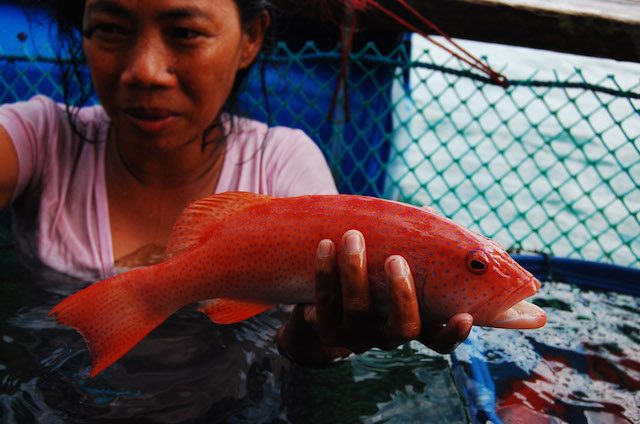
First mastered by the Taiwanese in the 1970s, full-cycle or closed loop mariculture entails breeding and rearing fish in complete captivity and is meant to eliminate the need to draw from wild stocks. Hardier but lower-value species such as green grouper and tiger grouper have been successfully bred and reared in captivity since the year 2000. Few have met success with finicky leopard coral trout, but the Palawan Aquaculture Corporation claims to have successfully bred them – a vital first step for the road to full-cycle mariculture.
Farmed suno might soon be a commercial reality, but the clock is ticking. “Just a few years ago, the panther grouper was at the top of the LRFFT heap,” says Matillano. “It was caught and exported by the millions, but stocks crashed and the government imposed a total ban on the panther grouper. The suno was next in line, becoming LRFFT’s top-traded fish.”
As I jump and dive around the floating leopard farms of Taytay, I notice how leopard coral trout comprise just half the fish in the cages. Whereas a few years ago cages would brim with bright red suno, each fish cage now hosts an eclectic blend of strawberry, saddle, harlequin and other types of grouper – now pressed into the trade to take the declining suno’s place.
I ponder how long before the suno population crashes. If and when it does, the market will likely move on to other fish, continuing the pattern of over-consumption. It’s clear that full-cycle mariculture of suno and other grouper species is the LRFFT’s best way forward. – Rappler.com
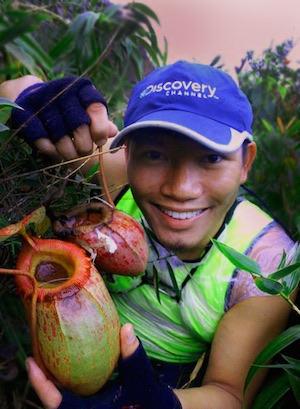 Gregg Yan has gone toe-to-toe with trumpeting elephants in Sabah, horn-to-horn with feisty forest buffalo in Mindoro and fin-to-fin with a tiger shark in Palawan. He has published over 500 articles and photographs in a host of media. He works for a global conservation organization, investigating anthropological and environmental issues in the Philippines.
Gregg Yan has gone toe-to-toe with trumpeting elephants in Sabah, horn-to-horn with feisty forest buffalo in Mindoro and fin-to-fin with a tiger shark in Palawan. He has published over 500 articles and photographs in a host of media. He works for a global conservation organization, investigating anthropological and environmental issues in the Philippines.
Add a comment
How does this make you feel?




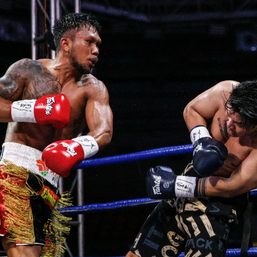
There are no comments yet. Add your comment to start the conversation.